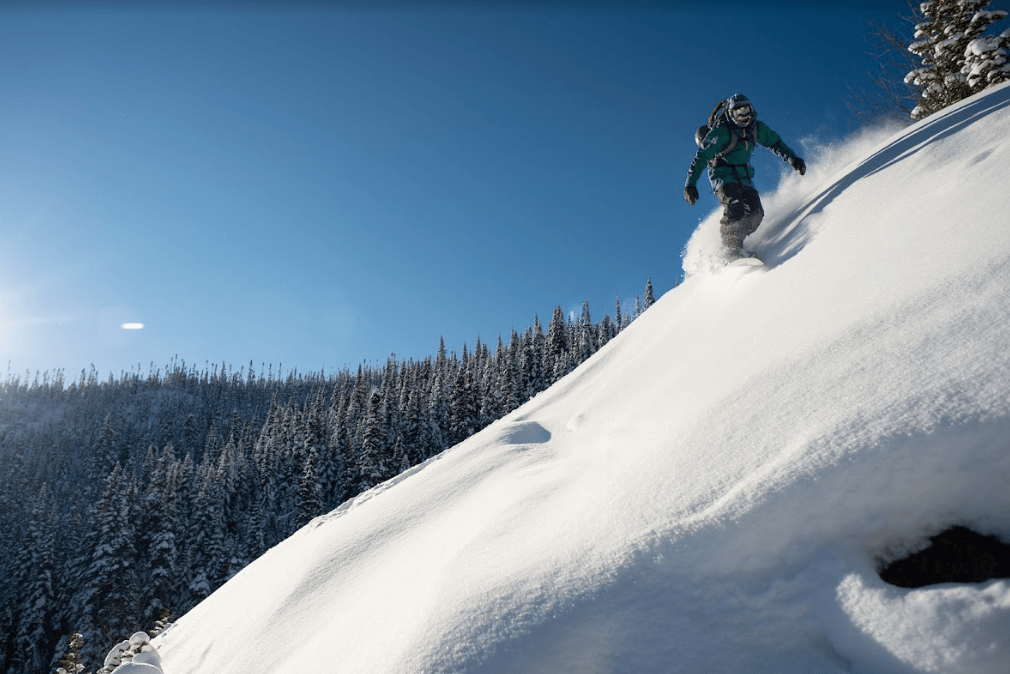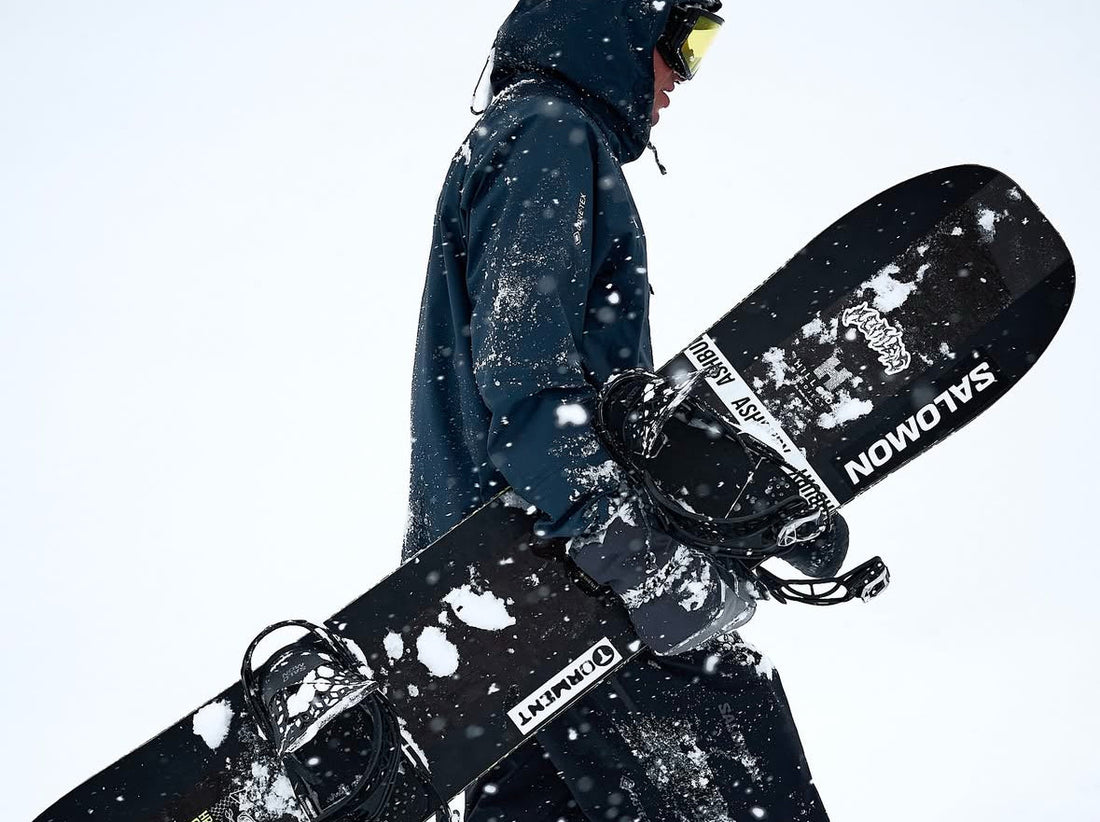If you've ever shopped for a snowboard without the help of one of our consultants, you know how easy it is to get lost once you start looking at all the different types of shapes out there. Today, we want to shed some light on the different snowboard shapes, and we want you to be able to understand what rocker, camber, taper, directional boards, and everything else are used for.
TRUE TWIN

A twin board is a board that's 100% identical on each side. If you find the center of the board and measure each end, they'll have the same length, width, and curvature. This is often the type of board given to beginners because it's easier to start snowboarding with two equal ends.
This is also the ideal type of board for park rats. A true twin board is perfect for people who do a lot of jibs or street riding. You can ride on your natural side or even switch, the board is the same! So, if you always play on the metal when you snowboard, a true twin is probably what you want!
DIRECTIONAL

Here, it says it in the name, the board is made to be ridden in a single direction. A directional board always has a longer front than a longer tail, and the shape is often different on the nose and tail. Sometimes the front of the board, in addition to being longer, is also wider than the tail. The idea behind this is to make the front of your board float on the snow and thus allow you to float more easily on big powder days.
Why choose a directional board? Because it's the type of snowboard that's made to be ridden all over the mountain: it lets you float in soft snow, but also allows you to carve beautifully on the standard slope.
DIRECTIONAL TWIN

This is where it starts to get complicated. A directional twin board is really a mix between the other two types. The goal of this board is to allow you to have the feeling of a twin board, but still have a slightly longer nose. The difference in length between the nose and the tail is much less significant than with a directional board: it's often less than an inch of difference. The board, when riding inside the contact points, therefore gives a twin feeling, but outside the contact points, the nose is a little longer! It also happens that the tail is made stiffer than the front, allowing the board to have pop and help with landing. Since the difference between the nose and the tail is minimal, it is possible to ride switch with this type of snowboard. The directional twin board is made this way in order to offer a balance between steering and switch riding, and this is what has made this type of board so popular with all-mountain freestyle riders!
CAMBER

A camber board is a board that has 4 contact points near the tips. The center, between the bindings, arches upward. This principle allows you to put more pressure on the board's natural contact points, and thus have a better grip when turning on snow. The camber also gives your board more pop, since the board is, in a way, already in tension against the pop. This is the ideal type for going fast and doing big carving!
ROCKER

Rocker is the opposite. The center of the board touches the ground, and the two ends rise upward. Rocker boards are often thought of as bananas. This type of board provides a smoother, less aggressive ride. Rocker also floats more easily in the snow, since the tips of the board are oriented upwards. Again, this is the ideal choice for those who are just starting out in snowboarding and for those who mostly jib!
ROCKER/CAMBER MIX

Many snowboard models also opt for a mix between rocker and camber. For example, you often see a classic camber between the bindings, then the nose and tail oriented upwards like a rocker. This mixture provides grip and bite in turns, just like classic camber, but with its tips rising upwards, the board will float better in powder. It's the same for directional boards that have a camber from the tail to the front binding, then a rocker for the nose which is longer. The same idea is behind this mixture: grip and aggressiveness in turns, but increased flotation in powder!
SOME INTERESTING TECHNOLOGIES
Uprise fenders

Arbor offers this technology, which involves raising the edges of the board at the contact points by a few degrees. These fenders allow two things:
- Raise the edge at the contact points and give the board a smoother feel, while removing the bite from the edges when you go straight down (flat-based)
- For wider boards, Uprise fenders make edge-to-edge transitions easier.
Grip tech

Still at Arbor, grip tech is contact points that are added along the board. For a rocker board that tends to be smoother, grip tech therefore allows for added road holding and therefore offers better adhesion to the track despite the board's rocker.
3D Contour Bases

Jones Snowboards offers 3D contour. This technology involves curving the tips of their snowboards, thereby raising the contact points on each side. Imagine a spoon; this is the kind of shape that 3D contour gives to the noses and tails of boards. All of this makes for a smoother and more dynamic ride. In addition, 3D contour allows you to float better in powder because the snow is naturally evacuated thanks to the curvature of the tips. So you can ride faster and float better!





